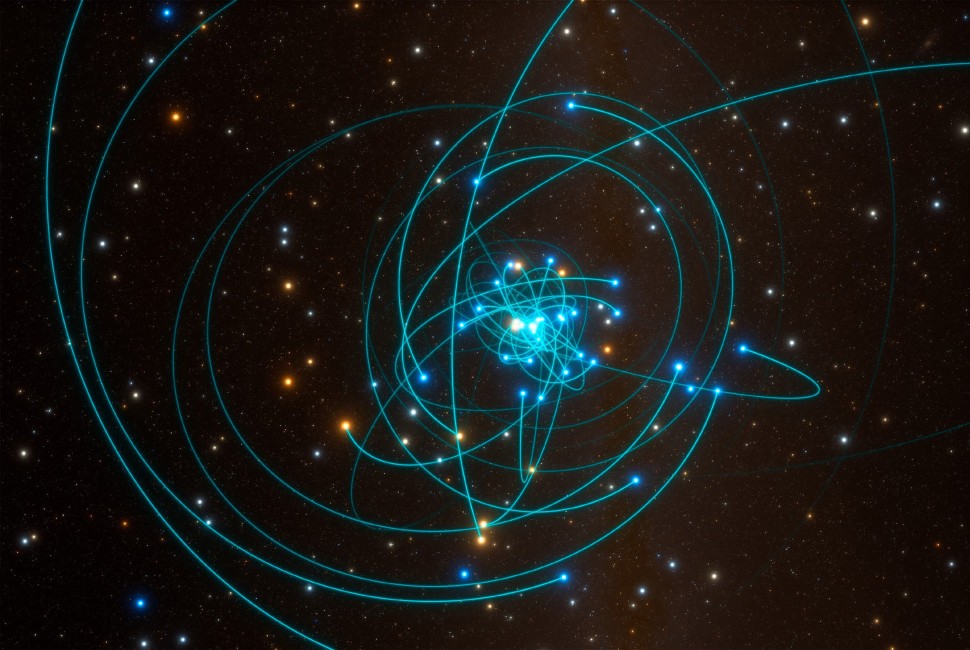The region near the Milky Way’s centre is dominated by the supermassive black hole that resides there. Sagittarius A*’s overwhelming gravity creates a chaotic region where tightly packed, high-speed stars crash into one another like cars in a demolition derby.
These collisions and glancing blows change the stars forever. Some become strange, stripped-down, low-mass stars, while others gain new life.
Continue reading “The Stellar Demolition Derby in the Centre of the Galaxy”


